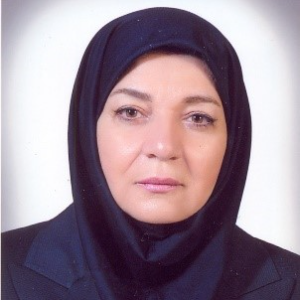Title : Evaluation of the antifungal activity of metabolites produced by soil actinomycetes on the candida species isolated from candidemia
Abstract:
Background: Excessive and inappropriate use of antibiotics can lead to increased antibiotic-resistant strains of microorganisms. Actinomycetes, a versatile microbial group, are well known for producing important metabolites such as antibiotics, enzymes, herbicides, and anticancer substances. This study aimed to identify the bioactive actinomycetes isolated from the soil against Candida species separated from the blood of patients with candidemia.
Materials and methods: In this study, 12 soil samples were collected from the southwest of Iran. The soil samples were cultured on a special culture medium (Starch Casein Agar) to look for desired actinomycetes. Antifungal activity of seven species of actinomycetes with the best anticandidal activity were chosen by modified overlay agar. Five species of Candida isolated from candidemia patients including Candida albicans, C.glabrata, C.lusitania, C. tropicalis and C. parapsilosis were used for antifungal activity using well diffusion agar. Seven actinomycetes with the best bioactive effects were identified by sequencing of 16SrDNA gene. This gene sequence is then compared by the BLAST program to the gene sequences in the NCBI's databases.
Findings: From the total of 12 soil samples 52 actinomycetes were identified, among them seven showed more bioactive potency against Candida isolates. After doing sequencing, four genera of actinomycetes were identified. Crossiell with four species was the most abundant actinobacteria. Streptomyces, Saccharothrix, and Amycolatopsis were the rest genera of them (one of each).
Two isolates of the genus Crossiella and one isolate of the genus Saccharothrix deserti showed more inhibitory effects on C. parapsilosis. So Crossiella cryophila inhibited this Candida with a halo diameter of 42.5± 13 mm, on the contrary, Streptomyces showed a weak inhibitory effect on all the rest tested yeasts but on the C. parapsilosis with a halo diameter of 35 ±17.3 mm(P≥0/05). Amycolatopsis alba significantly showed a weaker Antifungal effect on C. lusitana compared to the other species of Candida (P≥0/05).
Conclusion: The results showed that the soil of southwest Iran is rich in bioactive actinomycetes against pathogenic Candida species that are capable of producing new antifungal metabolites.
It needs more wide investigations to evaluate the metabolites of these new species of actinomycetes. So it is possible to introduce a step towards the acquisition, production, and development of broad-spectrum and effective antimicrobials in the treatment of infectious diseases caused by resistant microorganisms.



